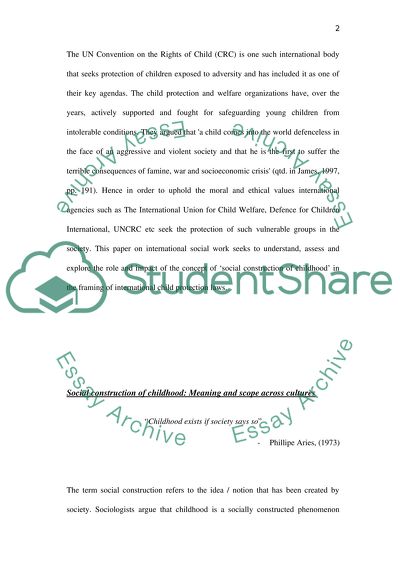Cite this document
(“Title- International Social Work. Question- How does the social Essay”, n.d.)
Title- International Social Work. Question- How does the social Essay. Retrieved from https://studentshare.org/miscellaneous/1599918-title-international-social-work-question-how-does-the-social-construction-of-childhood-inform-and-affect-international-child-protection-measures
Title- International Social Work. Question- How does the social Essay. Retrieved from https://studentshare.org/miscellaneous/1599918-title-international-social-work-question-how-does-the-social-construction-of-childhood-inform-and-affect-international-child-protection-measures
(Title- International Social Work. Question- How Does the Social Essay)
Title- International Social Work. Question- How Does the Social Essay. https://studentshare.org/miscellaneous/1599918-title-international-social-work-question-how-does-the-social-construction-of-childhood-inform-and-affect-international-child-protection-measures.
Title- International Social Work. Question- How Does the Social Essay. https://studentshare.org/miscellaneous/1599918-title-international-social-work-question-how-does-the-social-construction-of-childhood-inform-and-affect-international-child-protection-measures.
“Title- International Social Work. Question- How Does the Social Essay”, n.d. https://studentshare.org/miscellaneous/1599918-title-international-social-work-question-how-does-the-social-construction-of-childhood-inform-and-affect-international-child-protection-measures.


